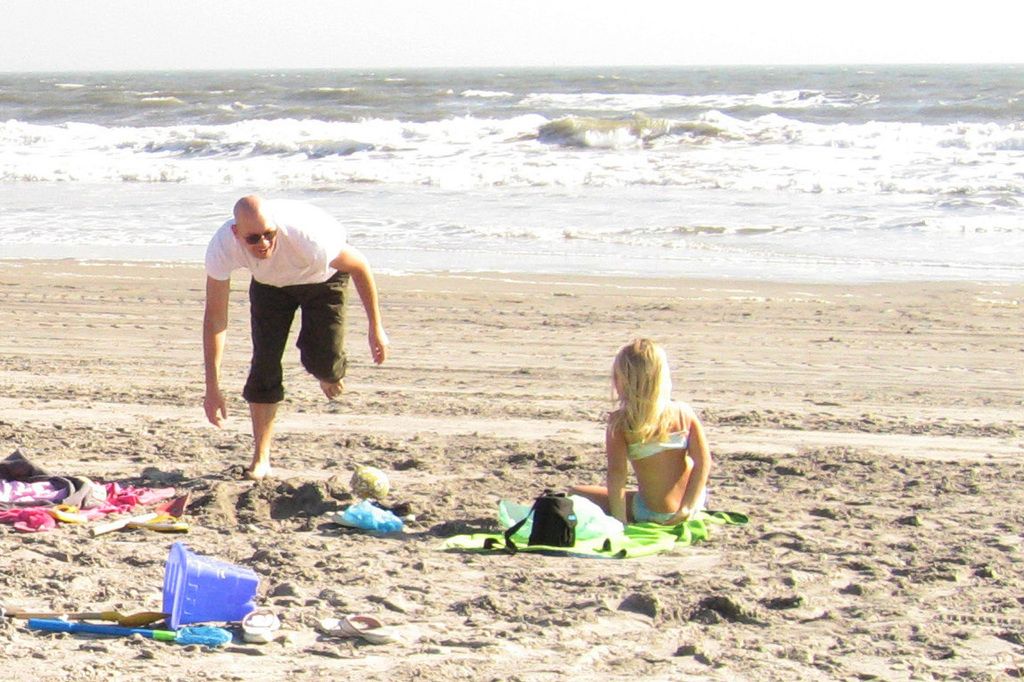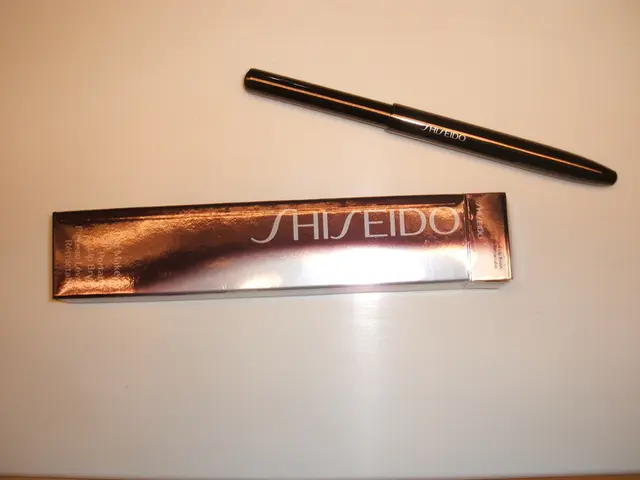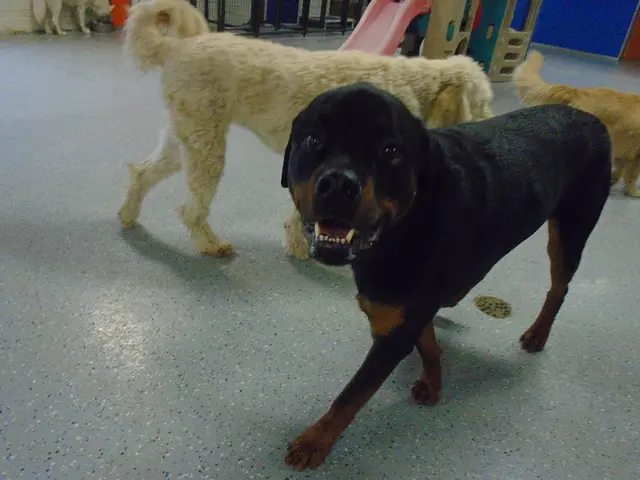Habits Detrimental to Foot Health According to Podiatrists
Keeping your foot health under the radar isn't the smartest move. Sure, athletes might challenge their feet to toe yoga, but everyday people should take better care of their feet too. Most of the time, our feet are hidden under pants or shoes, and if Google search trends are any indication, they might be out of sight, out of mind for many people.
But once an issue strikes, every step becomes agonizing, reminding you of the foundation that supports your mobility—your feet. Even something as small as a blister on a toe or general arch soreness can have a significant impact on how you navigate the world.
It's important to pay attention to the strain your feet are experiencing because there are numerous daily behaviors that could set you up for foot pain or toe problems down the line—from your footwear choices to your exercise habits and beyond. We consulted two top podiatrists to reveal the common habits they wish people would kick to the curb, why they can put your feet at risk, and how to steer clear of foot-related troubles without cringing at the medical bills (and the pain).
1. You walk around habitually barefoot or in flimsy footwear.
If you've worn high heels once, you've probably guessed that they can wreak havoc on your feet, shifting your weight forward and tweaking muscles out of alignment. Similarly, spending lots of time barefoot or in insubstantial shoes that let your feet fall haphazardly can leave you hobbling. A reason for a surge in foot pain during the COVID-19 lockdown? Lots of office workers who wore shoes to commute were suddenly working mostly barefoot at home.
According to Kaitlyn Laube Ward, DPM, a board-certified foot and ankle surgeon at Voyage Healthcare in Minnesota, and resident expert at ZenToes, not wearing shoes can increase the risk of issues like plantar fasciitis (inflammation of the tissue spanning your arches) and overuse syndromes in the tendons that support the foot. People with flat feet or high arches are particularly susceptible, as they tend to roll their feet inward or strain the exterior tendon due to their foot structure.
The idea that barefoot exercise or running allows you to strengthen your feet has some truth to it—walking sans shoes for short periods, like pacing around your home for 30 minutes, can help you enlist your foot muscles to offer balance and stability, but with proper guidance from a podiatrist or physical therapist. However, delaying the awfulness of our website surgery is never a smart idea.
What to do instead:
Wear shoes that support and cushion your feet whenever you're up and about, whether indoors or outside. It's crucial to wear shoes that fit well and offer adequate support during exercise, especially when jumping or doing any kind of plyometrics.
2. Your running shoes are worn-out or ill-fitting.
Like most items, running shoes have a lifespan. They last about 300-500 miles of use, according to Kaitlyn Laube Ward, DPM, or approximately seven to 12 months for a 10-mile-per-week runner. The longer you use them past their prime, the higher the discomfort and injury risk. The squishy midsole that cushions each footfall flattens over time, transferring the force of each step to your feet, and the treads can wear down, messing with your gait and upping the chances of slipping.
Wearing the same worn-out shoes year after year also increases the likelihood that they no longer fit as they should. Not only can shoes stretch in size with wear, but your feet's dimensions change as well due to factors like aging, pregnancy, and weight fluctuations.
What to do instead:
Replace your running shoes promptly when you reach their mileage limit or notice a decline in performance. Get your feet measured annually, go shopping later in the day when your feet are swollen, and opt for shoes with a thumbnail's-worth of room between your longest toe and the shoe's front edge to avoid discomfort.
3. You play surgeon and dig out your own ingrown toenails.
Granted, it can be tempting to pry out an ingrown toenail corner using clippers—extracting the intruder might seem like the quickest route to pain relief, but both Dr. Ward and Dr. DeLott strongly recommend against it. Attempting a DIY procedure increases your risk of infection and can exacerbate any existing discomfort.
What to do instead:
If you have an ingrown toenail or any pain you suspect might indicate one, it's best to consult a professional like your primary care physician or a podiatrist. Soaking your feet in warm water with Epsom salt can provide temporary relief.
4. You skip socks when exercising (or wear poorly designed ones).
Exercising without socks can leave you vulnerable to blisters and chafing. Engaging in sockless activities also increases your chances of developing fungal infections, particularly athlete's foot—fungi favor moist, warm, dark environments.
What to do instead:
Always wear fresh, dry socks before putting on exercise shoes or any shoes. If you exercise immediately after showering, make sure your toes are dry before donning socks to prevent trapping moisture. For sweaty-feet-friendly options, look for synthetic materials like polyester or nylon, or moisture-wicking merino wool.
5. You vape, smoke, or consume any form of nicotine orally.
Nicotine isn't just wreaking havoc on your lungs; it also causes circulation issues. Constricting the tiny blood vessels in your toes can up your risk of Raynaud's syndrome, a condition where the tiny vessels spasm in response to cold temperatures, leading to numbness, stiffness, pain, and potential tissue damage in your feet and fingers. Long-term circulation issues can even lead to severe complications like Buerger's disease, characterized by inflamed blood vessels, clots, and tissue death.
What to do instead:
To avoid circulation issues and reduce your foot pain risk, seek nicotine replacement therapy or find other methods to help you quit if you're struggling. For expert strategies on kicking the habit, check out our guides on quitting smoking and vaping.
6. You ignore foot pain or injuries.
Neglecting foot problems delays recovery, allowing injuries to worsen. Continuing to be active or stay on your feet further aggravates the injury—and could even lead to stress fractures, which might require surgery if left untreated.
What to do instead:
See a professional like a podiatrist or orthopedic surgeon if you have persistent foot pain, and don't put off treating simple issues like ingrown toenails or nail problems. The sooner you get seen and start treatment, the sooner you'll regain your spring in your step.
- Neglecting to wear supportive and cushioned footwear during daily activities can increase the risk of foot problems such as plantar fasciitis and overuse syndromes, especially for people with flat feet or high arches.
- Using worn-out or ill-fitting running shoes can lead to increased discomfort and injury risk, as the shoe's midsole flattens over time and the tread wears down, affecting the wearer's gait.
- Attempting to remove an ingrown toenail at home can increase the risk of infection and further complicate the issue. It is recommended to consult a professional like a podiatrist or primary care physician when dealing with an ingrown toenail.
- Skipping socks during exercise can lead to blisters, chafing, and fungal infections such as athlete's foot. Using moisture-wicking materials like synthetic materials or merino wool can help prevent such issues.
- Consuming nicotine through vaping, smoking, or oral methods can cause circulation issues in the feet, leading to increased risk of conditions like Raynaud's syndrome and Buerger's disease.
- Ignoring foot pain or injuries can delay recovery and allow injuries to worsen, potentially leading to more severe complications like stress fractures that may require surgery.







